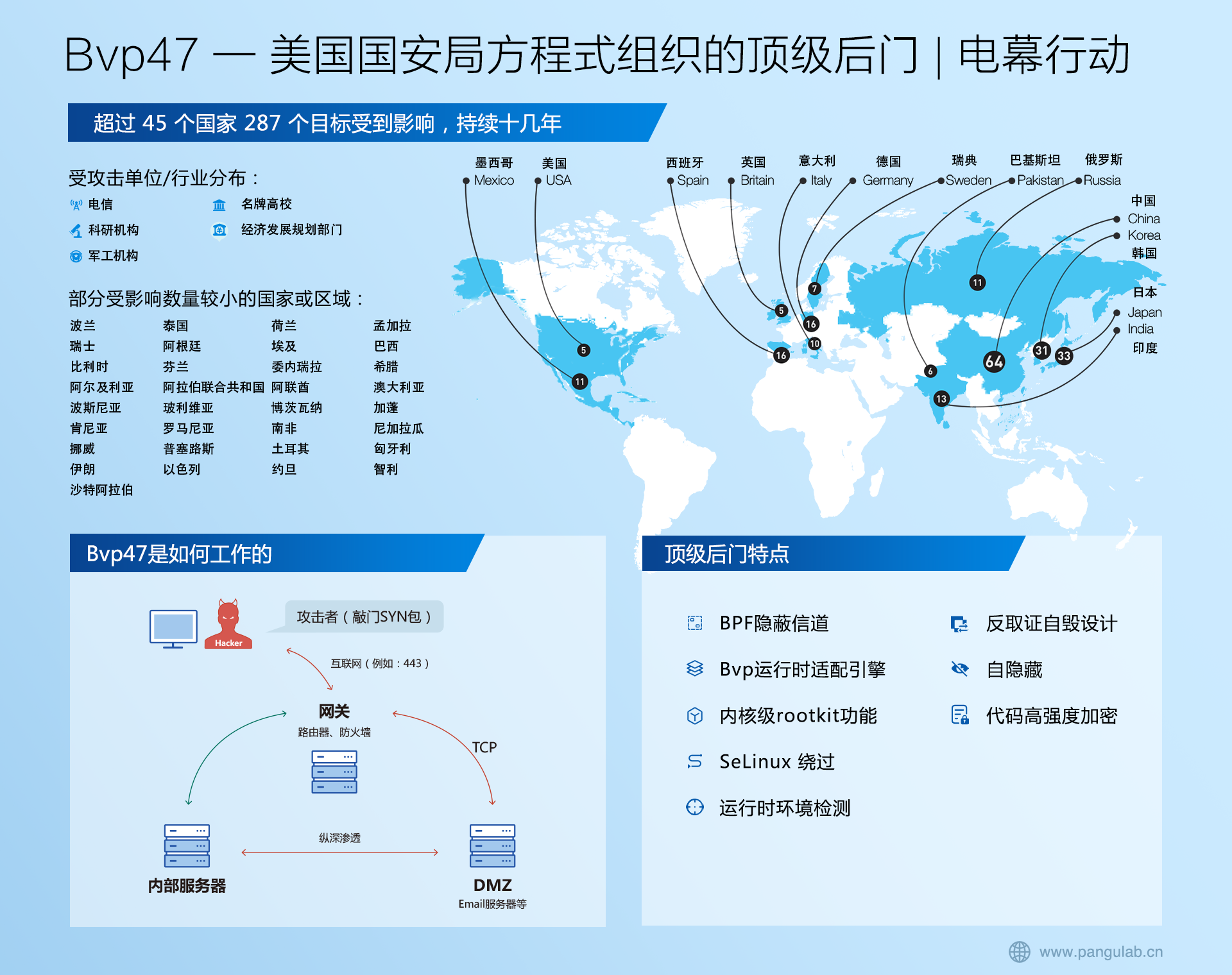ATAN2根据xy坐标计算角度

相关标签: # angular
float centerX = v.getX() + (float) v.getWidth() / 2;
float centerY = v.getY() + (float) v.getHeight() / 2;
double angle = Math.atan2(touchRawY - centerY, touchRawX - centerX) * 180 / Math.PI;
v.setRotation((float) angle - 45);
// scale
float xx = (touchRawX >= centerX ? deltaRawX : -deltaRawX);
float yy = (touchRawY >= centerY ? deltaRawY : -deltaRawY);
float sf = (v.getScaleX() + xx / v.getWidth() + v.getScaleY() + yy / v.getHeight()) / 2;
v.setScaleX(sf);
v.setScaleY(sf);
结果为正表示从 X 轴逆时针旋转的角度,结果为负表示从 X 轴顺时针旋转的角度。ATAN2(a, b) 与 ATAN(a/b)稍有不同,ATAN2(a,b)的取值范围介于 -pi 到 pi 之间(不包括 -pi),而ATAN(a/b)的取值范围介于-pi/2到pi/2之间(不包括±pi/2)。若要用度表示反正切值,请将结果再乘以 180/3.14159。另外要注意的是,函数atan2(y,x)中参数的顺序是倒置的,atan2(y,x)计算的值相当于点(x,y)的角度值。
/**
* Returns the angle theta from the conversion of rectangular
* coordinates ({@code x}, {@code y}) to polar
* coordinates (r, theta).
* This method computes the phase theta by computing an arc tangent
* of {@code y/x} in the range of -pi to pi. Special
* cases:
*
- If either argument is NaN, then the result is NaN.
* - If the first argument is positive zero and the second argument
* is positive, or the first argument is positive and finite and the
* second argument is positive infinity, then the result is positive
* zero.
* - If the first argument is negative zero and the second argument
* is positive, or the first argument is negative and finite and the
* second argument is positive infinity, then the result is negative zero.
* - If the first argument is positive zero and the second argument
* is negative, or the first argument is positive and finite and the
* second argument is negative infinity, then the result is the
* {@code double} value closest to pi.
* - If the first argument is negative zero and the second argument
* is negative, or the first argument is negative and finite and the
* second argument is negative infinity, then the result is the
* {@code double} value closest to -pi.
* - If the first argument is positive and the second argument is
* positive zero or negative zero, or the first argument is positive
* infinity and the second argument is finite, then the result is the
* {@code double} value closest to pi/2.
* - If the first argument is negative and the second argument is
* positive zero or negative zero, or the first argument is negative
* infinity and the second argument is finite, then the result is the
* {@code double} value closest to -pi/2.
* - If both arguments are positive infinity, then the result is the
* {@code double} value closest to pi/4.
* - If the first argument is positive infinity and the second argument
* is negative infinity, then the result is the {@code double}
* value closest to 3*pi/4.
* - If the first argument is negative infinity and the second argument
* is positive infinity, then the result is the {@code double} value
* closest to -pi/4.
* - If both arguments are negative infinity, then the result is the
* {@code double} value closest to -3*pi/4.
*
*
The computed result must be within 2 ulps of the exact result.
* Results must be semi-monotonic.
*
* @param y the ordinate coordinate
* @param x the abscissa coordinate
* @return the theta component of the point
* (r, theta)
* in polar coordinates that corresponds to the point
* (x, y) in Cartesian coordinates.
*/
@FastNative
public static native double atan2(double y, double x);
文章来源: https://blog.51cto.com/u_15458814/5882910
特别声明:以上内容(图片及文字)均为互联网收集或者用户上传发布,本站仅提供信息存储服务!如有侵权或有涉及法律问题请联系我们。
举报






